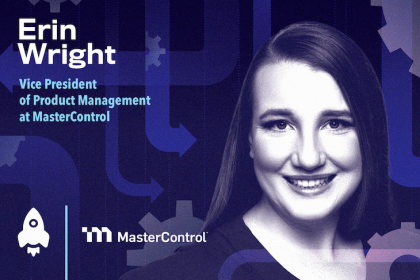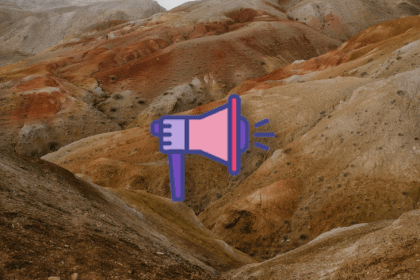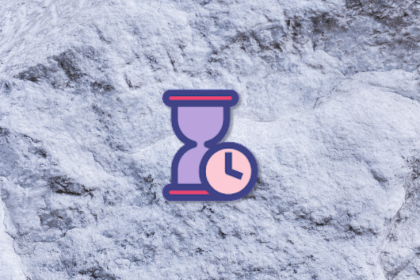
A company could have the exact same product, but the way it markets the product to their target audiences will determine its success.

In this interview, Cy Khormaee shares insights into how AI is transforming and personalizing SMS messaging for marketers.

A workback schedule involves creating a timeline in reverse, starting with the project completion date and working your way back through.

Erin Wright, VP of product at MasterControl, talks about how she trains her teams to have empathy by walking through a day in the life of their customers.

A standard operating procedure, in essence, is a standardized process that everyone in the organization adheres to.

Adding headcount is necessary to growth, but it’s advisable only when you’ve established a well-optimized system prepared for scale.

Nothing beats chatting with your stakeholders on a regular basis. And with some structure, you’ll produce even more extraordinary results.

Sumeet Ahuja, former VP of Product at Circle, shares insights into community building in product, diffusion of innovation, and more.

Cognitive biases impact consumer behavior, and its important to ethically address them to prevent customer churn and buyer’s remorse.

Drew Lesicko discusses the importance of predicting customer behavior, his approach to launching small, and how to change business models.

Parkinson’s Law is a concept that describes how work expands to fill the time that you budget for its completion.

In this article, we’ll unpack the fundamental problem of shared team ownership and what you might actually achieve instead.